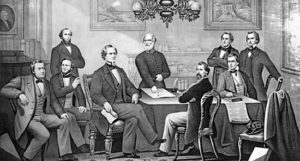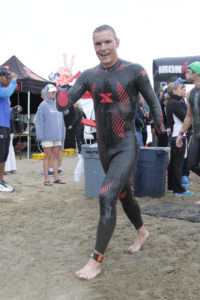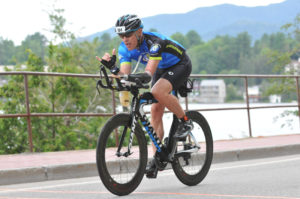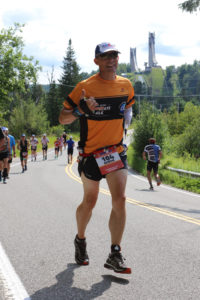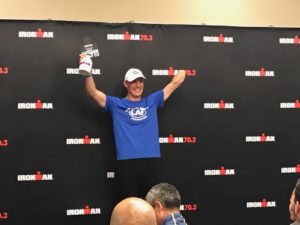“What are you writing about?” The common response I hear upon telling someone, “I’m working on a book.”
When confronted by a blank page, “what am I going to write?” Is the foremost thought in my mind. What? What indeed.
In persistently asking “what” is it at all possible I’m grasping at the wrong end of the stick?
In Simon Sinek’s TED talk titled “How Great Leaders Inspire Action”, he expounds that people don’t buy what you do; they buy why you do it.
And while buy in this context relates to marketing and sales, I believe the message has broader applicability. He explains how most businesses or brands focus on communicating their value based on what they do, as he says, “we make cars that are faster than anyone else,” or, “…are more fuel efficient…”, or, “…can fit more people.” He continues, explaining that some brands in an attempt to differentiate themselves, tell how they do it. Very few, though, are clear about why they do it. The purpose, cause or belief that underlies their existence. Those brands that do, however, are the brands with the cult-like followings; the raving fan customers that queue for days to purchase or experience the latest new thing.
Take Apple, a brand Sinek uses as an exemplar, imagine if Apple marketed like this:
“We make great computers, they are beautifully designed, simple to use and are user-friendly, want to buy one?”
Nothing unusual with this message, as he says, it’s the way most of us would communicate. It starts with what they do and works inwards.
Apple, though, does not market like this; instead, their message is:
“With everything we do we believe in challenging the status quo, in thinking differently, our products are beautifully designed, simple to use and user-friendly, we just happen to make great computers, want to buy one?”
What a difference starting with why makes. Sinek states that Apple “consistently thinks, acts and communicates from the inside out.” They start with why, and as consumers, we feel it. Just compare the brand appeal of Apple to someone like Dell, who also happens to make computers and other consumer electronics.
I believe, there is something akin to Sinek’s why when it comes to writing. On the outside is what we write: fiction or nonfiction; books or plays; poems or sonnets; essays or articles. The topics we enjoy, the stories we like to tell, the genres to which we gravitate.
Some may know who it is they are writing for: children; teenagers; or adults. Those in love, those not. Those who enjoy science fiction, those who read romance, those that enjoy thrillers or are in need of a laugh.
How many though, know why they write?
“Because it’s my job,” doesn’t count and doing it for fame and fortune is perhaps a little hopeful.
Why is hard. It’s fuzzy. What we do is so much simpler, more concrete, easier for us to verbalize. Digging deep into our psyche to uproot our seemingly unconscious motivations and desires is effortful. It doesn’t come naturally to most. But, what if, before putting pen to paper, instead of asking, “what am I going to write?” You ask instead, “why is it I write?” How different would that be?
What is it that drives you, that compels you? What sustains you as you sit staring at the blank page or pound away tirelessly to shape a paragraph, rewrite a sentence or change a word for the umpteenth time?
Are you writing to right a wrong, to set the record straight? To make a difference in the world—leave a dent in the universe, as Steve Jobs would say? To share a story that is burning up inside of you. To educate, to entertain, to inspire, to shock, to elicit a smile or cause a tear to shed. To be the best damn writer, poet, playwright the world has ever seen.
“Enough already!”, I hear you scream, “it’s because it’s who I am.”
Now that’s a powerful statement. There is no more powerful a driver of human action than our beliefs about who we are. When your why becomes part of that, part of your identity, there is no challenge or obstacle, or blank page or recalcitrant phrase or awkward word that can stand in your way.
I’d posit that the Greats knew why they wrote. Shakespeare knew why he wrote. I couldn’t image the great bard explaining prosaically to someone that he’d just met in a pub in Elizabethan England:
“I mostly write plays, in them, I capture the essence of the human condition, want to see one?”
No, he would say:
“I am the chronicler of my time; I see the truth of what it is to be human, endlessly interesting and impossible to reduce to a simple formula, my plays capture the essence of the human condition, want to see one?”
Perhaps what makes great writing is not what is written, but why it was written. Is it not our passion, our drive, our purpose that brings life to the page, that seeps into every word we choose, the phrases we construct and paragraphs we write, grabbing the reader by the scruff of the neck and shouting, “read on, read on, I wrote this just for you!”
Writing is an arduous task, as the saying goes, if it were easy, everyone would be doing it; but if you have a powerful enough why anything is possible. It’s not what you write; it’s why you write that matters.
